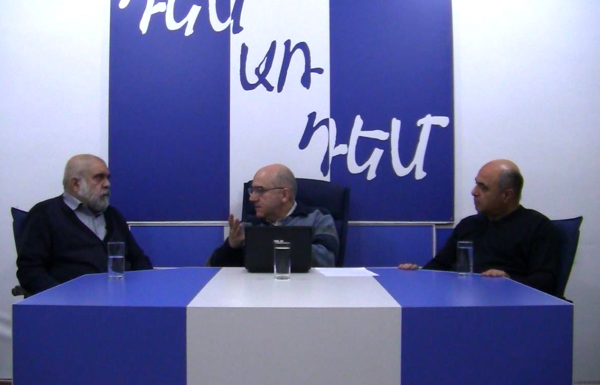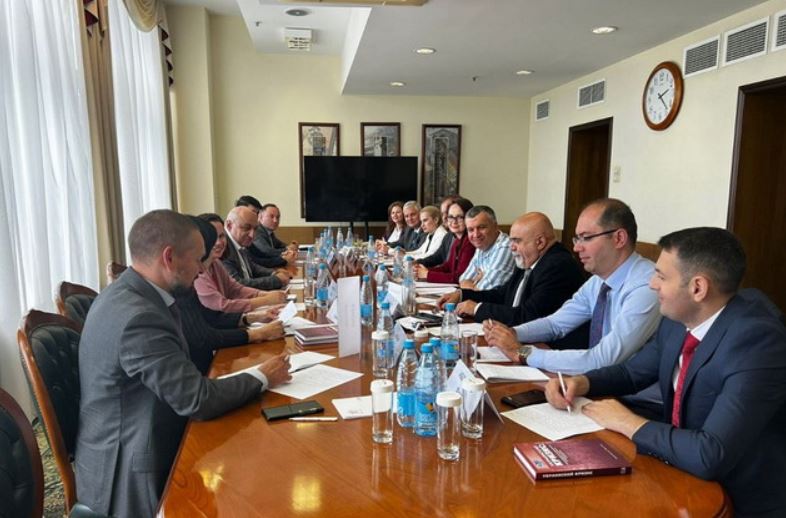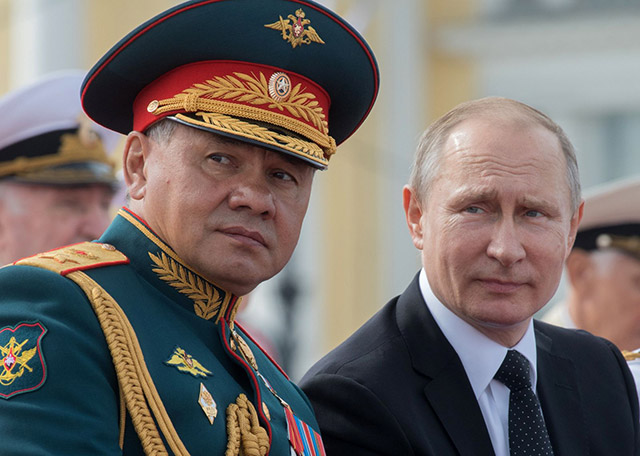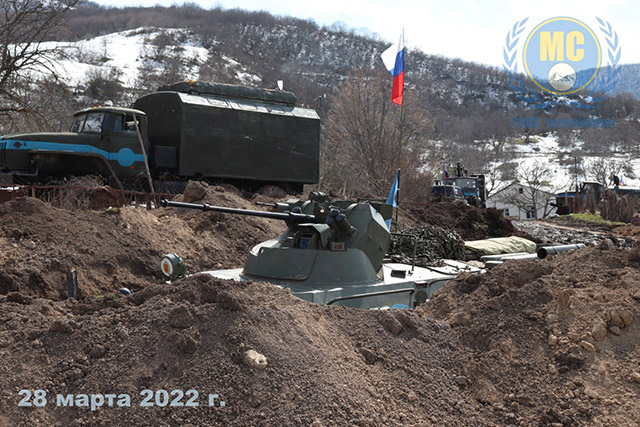The subject of “Aravot” online “Face to Face” talk show is discussed by political scientists Alexander Iskandaryan and Yervand Bozoyan.
Aram Abrahamyan – Did hot autumn happen or not?
Alexander Iskandaryan – Of course, no hot autumn happened, I do not know who and how, but it was clear for me that it would not happen prior to the beginning of it.
A. – What are the signs of being hot?
Read also
Al. I. – It seems to me that hot autumn happens when the opposition can gathers a critical mass, so that the latter would seriously affect this political elite. In short, be huge rallies, be many of them, be so active that they cannot be unnoticed and be accompanied by hot activeness in the parliament, media and elsewhere. There should be a pressure on the existing political elites in such conditions that they would want to go to some changes. I doubt that the opposition parties have such a resource, so it is definite that hot autumn did not work.
A. – Did it work or not, and what do you mean by saying “hot”?
Yervand Bozoyan – You know, the concepts of hot autumn is relative, because every year they are talking about hot autumns and hot spring. But I think that a very interesting phenomenon happened this fall. non-government forces started to shape the political agenda. This is a very important phenomenon, because generally in similar countries, the political agenda is shaped by the government, and the opposition is trying to reverse or respond, or follow it. For the first time, actually the opposite happened this fall. In spring of this year, when the opposition united driven by a number of circumstances, and also in the result of public movement pressure, a situation created, when the government yielded to its own prime minister, and the opposition offered 12 social elements presenting them to the government authorities. For the first time in the history of Armenia, the political opposition presented not political demands but of socio-economic nature, which are of concern by the vast public, are visible and understandable. The government can easily solve most of them. When the government, in fact, one might say, rejected those requirements, the opposition after September 30 was already facing the dilemma of what to do, and the opposition has no alternative rather than to go by the way of escalation. The goal of the first rally is to gather so many people that the government becomes concerned and understands that the majority of people nowadays is standing next to the parliamentary trio, the non-governmental forces, and during the second rally, the prerequisites were introduced, which also said about rejection of constitutional referendum, the second prerequisite were the 12 elements. And if these elements are not implemented by the government, then it was announced that extraordinary elections will be forced. True, this movement do not still have a complete agenda. But, I think that all prerequisites are available, there is a great chance and high probability that these processes will lead to a situation that the government will go to compelled actions.
Full discussion below.
Prepared by ARAM ABRAHAMYAN
“Face to Face” talk show series are released by the Open Society Foundations- Armenia. The views and analyzes found in this broadcast express the opinions of the participants, and are not approved by the Open Society Foundations-Armenia, or its Board. This broadcast is made available thanks to comprehensive financial support by the Open Society Foundations-Armenia, under the mass media support program, grant No 18624.























































